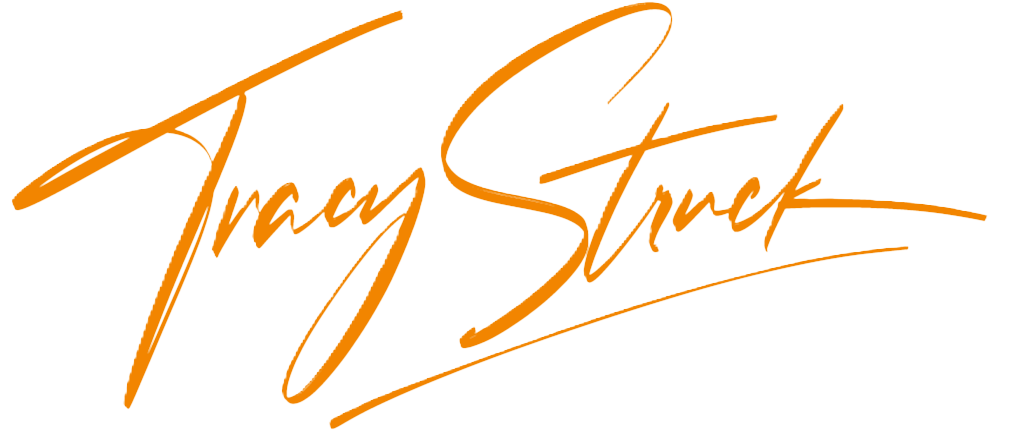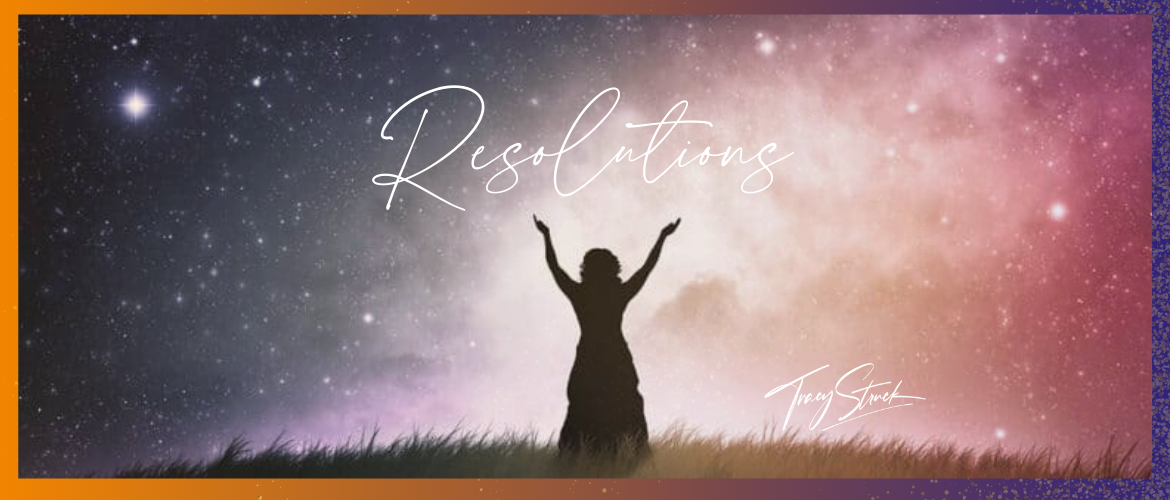Have you ever told yourself you were going to do something—wake up earlier, exercise regularly, or eat healthier—and then failed to follow through? You’re not alone. Every year, millions of people set New Year’s resolutions, only to abandon them by February. Why does this happen, even when we know what we need to do and why it matters?
The answer lies in a powerful concept I learned from my mentor, Bob Proctor, called the “Knowing-Doing Gap” (KDG). This gap refers to the disconnect between knowing what needs to be done and actually doing it. It’s a universal challenge and one that can feel deeply frustrating. Let’s explore why this gap exists and, more importantly, how to bridge it so you can finally align your actions with your intentions.
Why Don’t We Do What We Say We Will?
The root of the Knowing-Doing Gap lies in the subconscious mind. While our conscious mind governs logical thinking, decision-making, and willpower, it’s the subconscious mind that controls our habits and automatic behaviours. Think of the subconscious as the autopilot of your life, operating based on years of programming and repetition.
For instance, you might consciously decide to wake up 30 minutes earlier each morning to go for a walk. You set the alarm, feeling determined to make this change. But when the alarm rings, your subconscious programming—years of getting up at 6 a.m.—kicks in. Without conscious intervention, you’ll hit snooze and roll over, defaulting to the old habit. This happens because your subconscious mind always seeks the familiar, even if it’s not what you consciously desire.
The Power of Paradigms
Bob Proctor often spoke about paradigms, which are the collection of habits, beliefs, and behaviours embedded in the subconscious mind. These paradigms are formed through repetition and emotional experiences, often dating back to childhood. They dictate how we respond to situations, and they’re incredibly powerful.
For example, you might know that eating a muffin and milkshake for a snack isn’t ideal for your health. Yet, when the moment arises, your subconscious mind might whisper, “It’s fine, just this once.” If this justification has worked in the past, it’s become a deeply ingrained paradigm, and resisting it requires conscious effort—effort that can feel exhausting over time.
Bridging the Gap: Steps to Align Knowing and Doing
The good news is that it’s entirely possible to bridge the Knowing-Doing Gap. It takes awareness, effort, and consistency, but the rewards are transformative. Here’s how to get started:
1. Awareness is Key
The first step is becoming aware of the gap. Ask yourself:
- What actions do I consistently avoid, even though I know they’re good for me?
- What beliefs or fears might be holding me back?
- Are these beliefs still serving me, or are they outdated?
Identifying the habits and paradigms that conflict with your goals is crucial. Awareness creates the space to choose differently.
2. Repetition and Emotional Involvement
Repetition is one of the most effective ways to reprogram your subconscious mind. Create affirmations that align with your desired actions and repeat them daily. For example, if you want to become an early riser, try an affirmation like, “I wake up at 5:30 a.m. feeling refreshed and ready to start my day.”
Pair these affirmations with emotional involvement. Feelings are our way of describing the vibration we are in. When we can change the vibration around an action, we increase the impact of the change in the subconscious mind. Feel happy and energetic when doing your affirmation rather than stressed or unhappy. This vibrational shift makes a huge difference in embedding the new habit.
3. Visualisation
Visualisation is a powerful tool for bridging the Knowing-Doing Gap. Close your eyes and imagine yourself successfully taking the actions you’ve been avoiding. What do you see, hear, and feel? Focus on generating positive emotions during this process.
For instance, if your goal is to start exercising, visualise every step: lacing up your sneakers, stepping onto the treadmill, completing the workout, and feeling accomplished. Feel the pride and energy as though it’s already real. Over time, this mental rehearsal makes the real-world action feel familiar and achievable
4. Small, Consistent Steps
Big changes can feel overwhelming, so start small. If waking up at 5:30 a.m. feels daunting, try waking up just 10 minutes earlier than usual. Gradual progress builds momentum and reinforces the new habit.
Celebrate every small victory. Each step forward strengthens the new neural pathways in your brain, making the habit easier to sustain. Neuroplasticity, as explained by Dr Tara Swart, shows us how the brain’s ability to rewire itself is influenced by our thoughts, actions, and emotions. By maintaining a positive vibration around your goals, you accelerate this process.
5. Accountability and Environment
Surround yourself with people who support your goals and hold you accountable. Share your intentions with a friend, mentor, or coach who can encourage you to follow through.
Additionally, create an environment that minimises resistance. If you want to eat healthier, stock your kitchen with nutritious foods and remove temptations. If you’re committing to a morning walk, lay out your clothes and shoes the night before.
The Road Ahead
Bridging the Knowing-Doing Gap isn’t about perfection; it’s about progress. Every time you push through the resistance of an old habit, you’re laying the foundation for a new one. Over time, the new habit becomes automatic, and the gap between knowing and doing starts to close.
If you’ve been struggling with the Knowing-Doing Gap, know that you’re not alone. The key is to start where you are, take small steps, and be patient with yourself. Reprogramming your paradigms takes time and effort, but the results are worth it.
As Bob Proctor often said, “Discipline is giving yourself a command and following it.” You have the power to close the gap and create a life you love. If you’d like guidance on identifying your paradigms and moving through your Knowing-Doing Gap, let’s chat. Together, we can make the shift from knowing to doing a reality.




